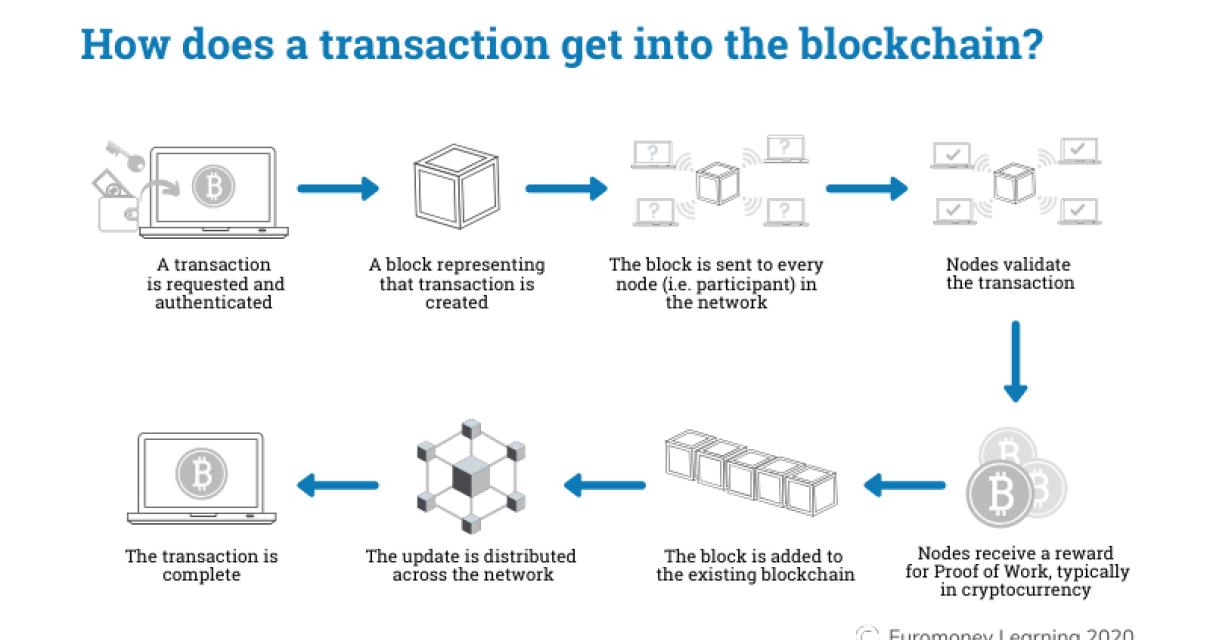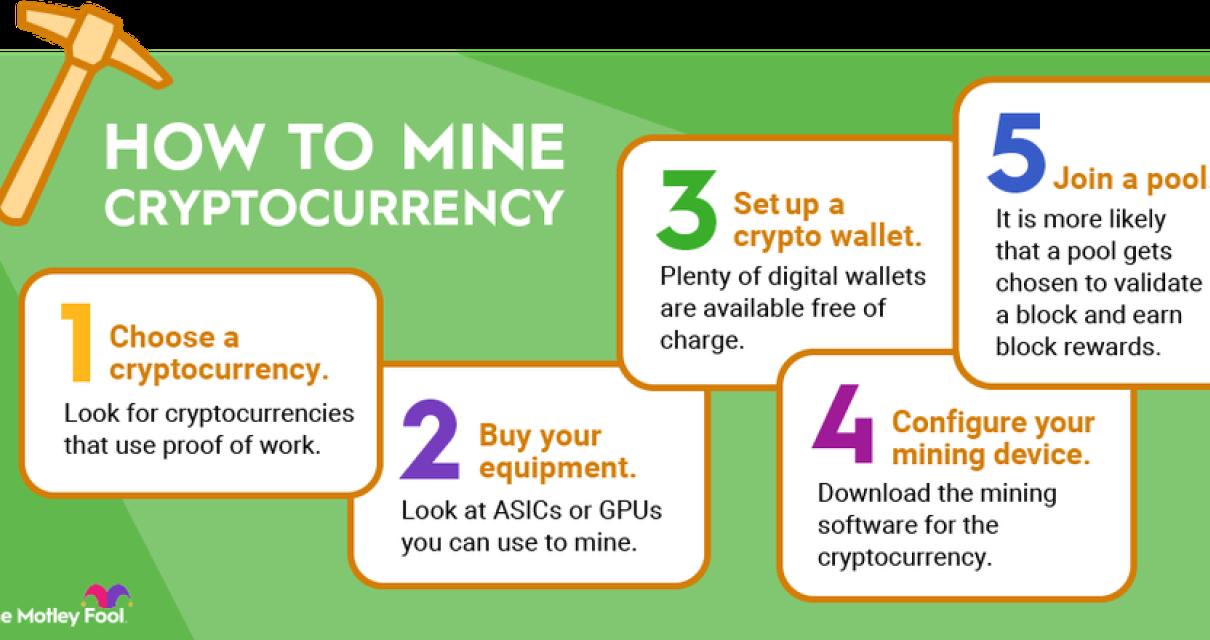What is Blockchain and How Does It Work?
Blockchain is a digital ledger of all cryptocurrency transactions. It is constantly growing as “completed” blocks are added to it with a new set of recordings. Each block contains a cryptographic hash of the previous block, a timestamp, and transaction data. Bitcoin nodes use the block chain to differentiate legitimate Bitcoin transactions from attempts to re-spend coins that have already been spent elsewhere.
Bitcoin nodes use the block chain to differentiate legitimate Bitcoin transactions from attempts to re-spend coins that have already been spent elsewhere.
The Basics of Blockchain Technology
Blockchain technology is a distributed database that allows for secure, transparent and tamper-proof transactions. Transactions are verified by network nodes and then recorded in a public distributed ledger called a blockchain. Bitcoin, Ethereum and other cryptocurrencies are based on blockchain technology.
How Blockchain Can Transform Business
It is no secret that business is changing. The world is moving towards a more digitalized society, and this shift is being driven by technology innovation such as blockchain.
Blockchain is a distributed database that allows for secure and transparent transactions. It was created as a solution to the problems faced by the current banking system, and it has the potential to transform many different aspects of business.
Here are some of the ways in which blockchain can transform business:
1. Increased transparency and security: Blockchain is designed to be more transparent and secure than the current system. Transactions are verified by a network of nodes, and this provides a higher level of security than the traditional system.
2. Reduced costs and increased efficiency: Blockchain can help to reduce costs and increase efficiency in various parts of the business. For example, it can help to reduce the time it takes to process transactions, and it can also help to improve the accuracy of records.
3. Improved customer experience: Blockchain can improve the customer experience by providing a more secure system and by ensuring that transactions are processed quickly. This can lead to increased loyalty and customer base growth.
4. Increased creativity and innovation: Blockchain is known for its ability to increase creativity and innovation. This is because it allows for the sharing of information and ideas between participants in the network, and it has the potential to disrupt many different industries.
What is Blockchain? The Ultimate Beginner’s Guide
Blockchain is a distributed ledger technology that allows for secure, transparent and tamper-proof transactions. Transactions are verified by network nodes through cryptography and recorded in a public database. Bitcoin, the first and most well-known application of blockchain technology, uses it to create a digital currency that can be transferred between users without the need for a third party.

How Does Blockchain Work? A Step-by-Step Guide For Beginners
In a blockchain system, every user has a copy of the blockchain, which is constantly growing as “completed” blocks are added to it with a new set of recordings. Each block contains a cryptographic hash of the previous block, a timestamp, and transaction data. Bitcoin nodes use the block chain to distinguish legitimate Bitcoin transactions from attempts to re-spend coins that have already been spent elsewhere.
Bitcoin nodes use the block chain to distinguish legitimate Bitcoin transactions from attempts to re-spend coins that have already been spent elsewhere. Bitcoin nodes use the block chain to distinguish legitimate Bitcoin transactions from attempts to re-spend coins that have already been spent elsewhere.

What is a Blockchain? And What Does It Do?
A blockchain is a distributed database that uses cryptography to secure its transactions and to control the creation of new units. Transactions are verified by network nodes and then recorded in a public ledger. Bitcoin and other cryptocurrencies are built on blockchain technology.
How to Explain Blockchain in Simple Terms
Blockchain technology is a distributed database that allows for secure, transparent and tamper-proof transactions. Transactions are verified by network nodes through cryptography and recorded in a public dispersed ledger called a blockchain. Bitcoin, the first and most well-known application of blockchain technology, uses blockchain to facilitate anonymous, secure and tamper-proof payments.
A Beginner’s Guide to Understanding Blockchain Technology
1. What is blockchain technology?
Blockchain technology is a distributed database that allows for secure, transparent, and tamper-resistant transactions. Transactions are recorded on a public ledger, or chain, which is constantly growing as new blocks are added. Bitcoin and other cryptocurrencies are based on blockchain technology.
2. How does blockchain work?
To understand how blockchain works, first you need to understand the basic principles of cryptography. Cryptography is the science of secure communication. It is used to protect information from unauthorized access and to ensure the integrity of data. Cryptography works by transforming readable data into an unreadable format known as a code. This code is then used to encrypt and decrypt messages.
With blockchain, each individual block of data is encrypted with a unique code. This code is then linked to the block before it, forming a chain. This chain is publicly available and can be accessed by anyone with the appropriate software. Anyone can add a new block to the chain, but only the person who created the block can unlock the code and view the data inside it.
3. Why is blockchain technology important?
There are several reasons why blockchain technology is important. First, it is secure. Blockchain is decentralized, meaning that there is no central point of control. This makes it difficult for hackers to gain access to the data stored on the blockchain.
Second, blockchain is transparent. Each block of data on the blockchain is publicly available and can be viewed by anyone. This makes it easy to track the progress of a transaction or to see how many blocks have been added to the chain.
Finally, blockchain is tamper-resistant. Once a block of data has been added to the chain, it is difficult for someone to alter it. This makes it difficult for hackers to steal the data stored on the blockchain.
4. How does blockchain work with Bitcoin and other cryptocurrencies?
Bitcoin and other cryptocurrencies are based on blockchain technology. Bitcoin is the first and most well-known cryptocurrency based on blockchain technology. Bitcoin works by using blockchain technology to create a decentralized network of users. Each user on the network is responsible for tracking and verifying the transactions that take place on the network. Bitcoin and other cryptocurrencies are created as rewards for users who verify these transactions.
5. How do I start using blockchain technology?
To start using blockchain technology, you first need to install some software. There are a number of different software platforms available that allow you to use blockchain technology. Once you have installed the software, you can start using blockchain to track your transactions and to create and verify new transactions.

What is the Blockchain, and What Does it Mean for Business?
The blockchain is a distributed database that allows for secure, transparent and tamper-proof transactions. It was first proposed in 2008 by an anonymous person or group of people under the name Satoshi Nakamoto. The blockchain is unique in that it uses a peer-to-peer network to facilitate transactions. This eliminates the need for a third-party intermediary, such as a bank or financial institution. Transactions are recorded in a public ledger known as a blockchain, and this ledger is constantly growing as new blocks are added. Transactions can be verified and confirmed by nodes in the network, which makes it an effective way to secure and track digital assets.
How Blockchain Could Change the Way We Shop, Vote, and Bank
There are a number of potential applications for blockchain technology that could have a profound impact on the way we shop, vote, and bank.
One potential application is the use of blockchain to track the origin of food products. Right now, food products can be traced back to their original source only if they are shipped in a container that is registered with a tracking system. If a food product is not shipped in a registered container, then it is impossible to trace its origin.
With blockchain, it would be possible to track the origin of food products without having to ship them in a registered container. This would allow consumers to be confident that the food they are buying is safe and that it has not been tampered with.
Another potential application for blockchain technology is the use of blockchain to facilitate the voting process. right now, voting is a time-consuming and cumbersome process. In many countries, it can take up to several days to cast your vote.
With blockchain, voting could be streamlined into a matter of minutes. This would make it easier for people to participate in the democratic process and ensure that their voices are heard.
Finally, blockchain could be used to facilitate financial transactions. right now, many financial transactions are conducted through intermediaries such as banks. This can lead to fees and delays in the processing of transactions.
With blockchain, financial transactions could be conducted directly between two parties without the need for an intermediary. This would reduce the cost of transactions and the time it takes to process them.